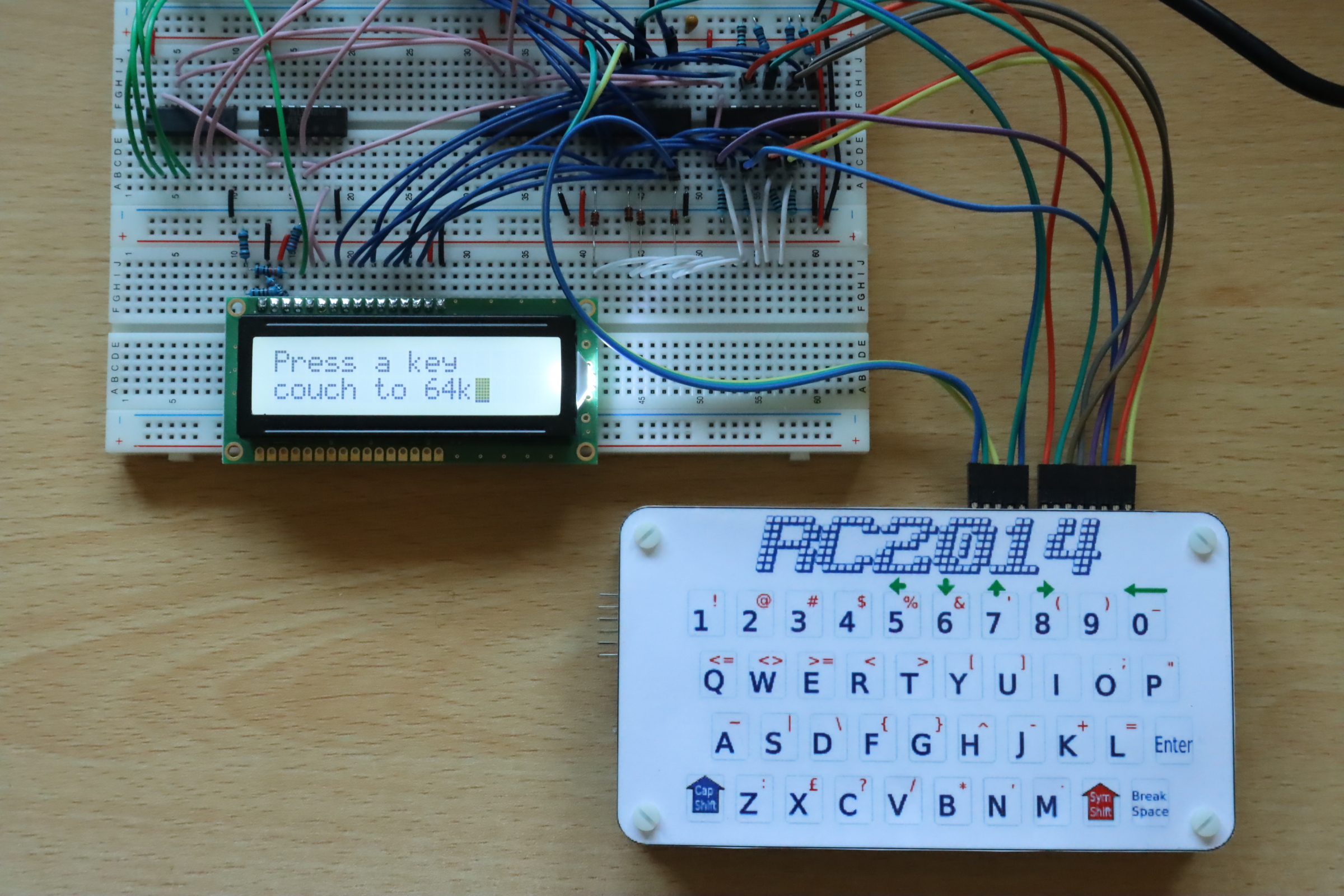Why Your Amstrad CPC Might Crash in 2104!
Recently I was reading the source code of the firmware routine which updates the system TIME in the Amstrad CPC. This code contains a bug which will eventually crash your machine! Read on for the full gory details! Updating the Timer The TIME counter is a is 32-bit wide integer (four bytes) which is updated …. Read More
Writing a Compiler 1: Expressions and Intermediate Language
Recently I’ve been getting increasingly broody to write a compiler. They’ve always been something of a mystery to me and, while I’ve always fancied writing one, I’ve never had a convincing reason to do so. But, since I’ve returned to retro computing, I can see definite limitations in the options currently available for writing software …. Read More
Passing Code Pointers as Data in Amstrad CPC BASIC
One of my secret coding pleasures is passing a function as a parameter to a subroutine. Most modern languages have what’s called ‘first class code’. That means that you can assign the address of a function to a variable, store it in an array, and pass it as a parameter to a function. This enables …. Read More
How Amstrad CPC BASIC Compresses Error Messages
Amstrad CPC BASIC saves a few bytes by using some interesting compression in the way it stores error messages. Let’s take a look at how it works and how much space it saves. Below is the table of error messages. The messages are stored in what I refer to as ASCII7 format – bit 7 …. Read More
Understanding the Amstrad CPC Video, RAM and Gate Array Subsystem
The Amstrad CPC is my favourite 8-bit home computer system – I still have my childhood CPC464. There are a number of things I love about it’s design, including the video system, which offers higher resolution and a larger colour palette than most of it’s siblings. Recently I’ve put some effort into understanding how the …. Read More
Couch to 64k Part 5: Adding RAM and a CP/M Compatible Memory Architecture to the Z80 Breadboard Computer
If you’ve been following this series so far then you’ll have a basic Z80 based computer with ROM, an LCD display and a keypad or keyboard. What we don’t have yet is any way store store data. We need to add some RAM (Random Access Memory). This is what I’ll be focusing on in this …. Read More
Couch To 64k Part 4: Adding a Keypad/Keyboard to our Z80 Breadboard Computer
In the previous part of this series we added a character LCD display to our breadboard computer. We discussed how input, output and address decoding works on the Z80, which means we know most of what we need to know to be able to add an input device. In this part we’ll be adding some …. Read More
Couch to 64k Part 3: Adding a Character LCD Display to our Z80 Breadboard Computer
In the previous part of this series we attached a ROM chip to our Z80 so we can run programs. But running programs is of little use unless our computer has some way to communicate with the outside world. We need input and output (I/O). In this part we’ll discuss how input and output work …. Read More
Couch to 64k Part 2: Adding ROM to Our Breadboard Z80 Computer
In part one of this series we explored the Z80 processor and found out what various pins do. And we explored a few of the Z80s opcodes by manually feeding them into the data pins. But feeding instructions and data in manually is hard work. We need to add some memory so we can feed …. Read More
Couch to 64k – a.k.a. Building a Z80 Breadboard Computer. Part 1: Pins
A lot of people build Z80 based computers. They build something with some flashing LEDs, some buttons, and maybe even a serial port. But the computers I loved as a kid had high-resolution displays, and keyboards, and joysticks attached. And you could spend your days playing games on them. So, I’m going to attempt to …. Read More
